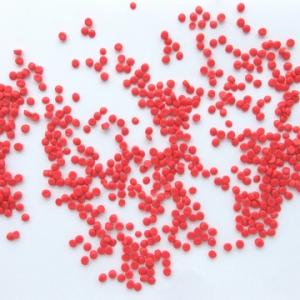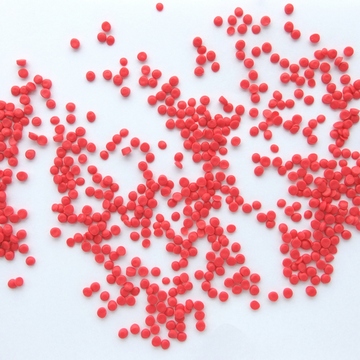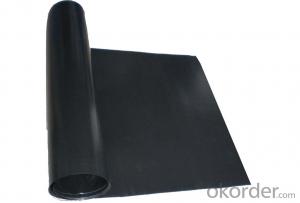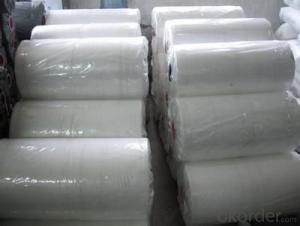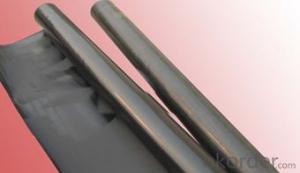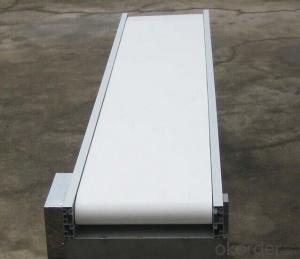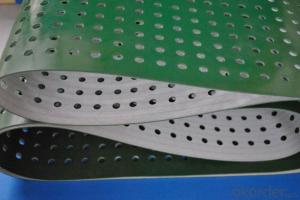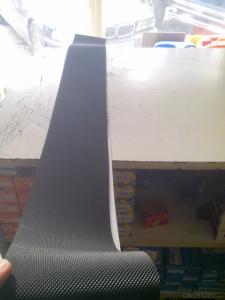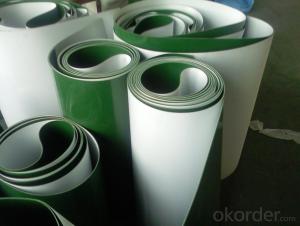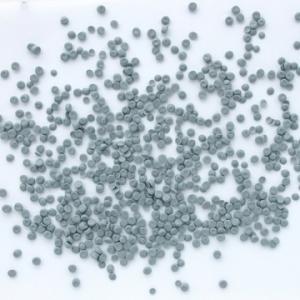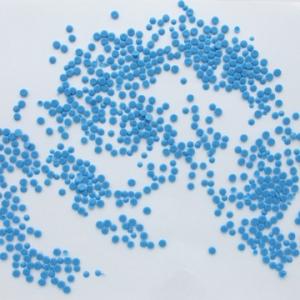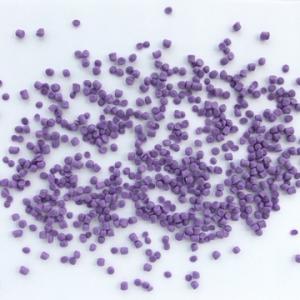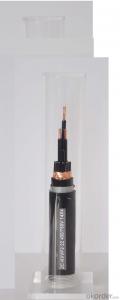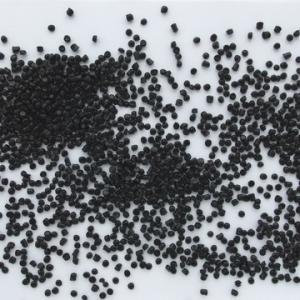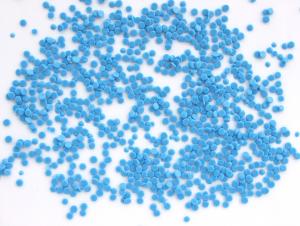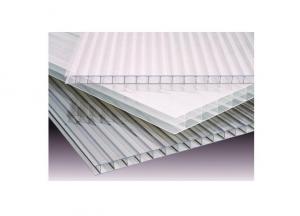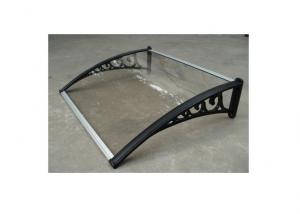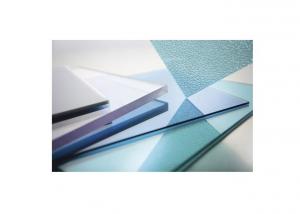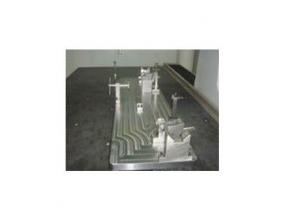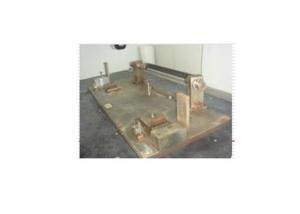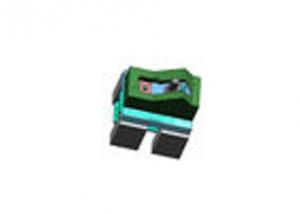Flame retardant PVC insulating compound
- Loading Port:
- Shanghai
- Payment Terms:
- TT OR LC
- Min Order Qty:
- -
- Supply Capability:
- 3000 Tons kg/month
OKorder Service Pledge
OKorder Financial Service
You Might Also Like
Flame Retardant PVC Insulating Compound
I. Type andapplication
Type | Product | Application and Cable Specification |
7003N | 70℃Flame retardant PVC insulating compound | Flame retardant PVC insulating compound for cables and wires with temperature rating of conductorat 70℃ |
7302N | 70℃Flexible flame retardant PVC insulating compound | Flexible flame retardant PVC insulating compound for cables and wires with temperature rating of conductorat 70℃ |
9003N | 90℃ Flame retardant PVC insulating compound | Flame retardant PVC insulating compound for cables and wires with temperature rating of conductorat 90℃ |
1053N | 105℃Flame retardant PVC insulating compound | Flame retardant PVC insulating compound for cables and wires with temperature rating of conductorat 105℃ |
II. Productdescription
Flame retardant PVC insulating compound forwires and cables, based on PVC resin, is made into granula by mixing,plastification and granulation with adding plasticizer, stabilizing agent,flame retardant and etc. The products meet various special requirements, suchas different hardness, UV stable, environment friend (RoHs, REACH, PAHs,chlorinated alkanes free, phthalatefree, and etc.), sub-shine and fog surface, low temperature resistant, PS/ABStransfer proof, rodent-repellent, termite-repellent, and transparent, and etc.
III. Processing:
It is recommended that compound should beprocessed with common extruder having a minimum L/D ratio of 20.
The following temperature(℃) profile of extruder is recommended:
Zone | Zone 1 | Zone 2 | Zone 3 | Zone 4 | Head | Die |
Temperature ℃ | 140 | 160 | 170 | 175 | 180 | 175 |
IV. Storageand transport
Packaging:25kg/bag,PE membrane insidebag and Kraft outside bag.
Storage and transport: Avoiding in direct sunlightand weathering. The storage place should be in clean, cool, dry, and ventilatedconditions.
V. Properties
Table
Item | Unit | Standard Value | ||||
7003N | 7302N | 9003N | 1053N | |||
Tensile Strength | ≥ MPa | 15.0 | 15.0 | 16.0 | 16.0 | |
Elongation at Break | ≥ % | 150 | 180 | 150 | 150 | |
Impact Brittleness Temperature | ℃ | -15 | -20 | -15 | -15 | |
Volume Resistivity, at 20℃ | ≥Ω﹒m | 1.0×1011 | 1.0×1011 | 1.0×1011 | 1.0×1011 | |
Volume Resistance at working temperature | Temperature | ℃ | 70±1 | 70±1 | 90±1 | 95±1 |
Volume Resistance | ≥Ω﹒m | 1.0×108 | 1.0×108 | 1.0×108 | 5.0×107 | |
Dielectric Strength | ≥ MV/m | 20 | 20 | 20 | 20 | |
Hot Deformation | ≤ % | 40 | 50 | 40 | 30 | |
Thermal Stability Time at 200℃ | ≥ min | 60 | 60 | 80 | 80 | |
Oxygen Index | ≥% | 30 | 30 | 30 | 30 | |
Thermal Aging |
|
|
|
|
| |
Aging Temperature | ℃ | 100±2 | 100±2 | 100±2 | 135±2 | |
Aging Time | h | 168 | 168 | 240 | 168 | |
Tensile Strength after aging | ≥ MPa | 15.0 | 15.0 | 16.0 | 16.0 | |
Variation on Tensile Strength | % | ±20 | ±20 | ±20 | ±20 | |
Elongation at Break after aging | ≥ % | 150 | 180 | 150 | 150 | |
Variation on Elongation at Break | % | ±20 | ±20 | ±20 | ±20 | |
Loss of Mass | ≤ g/m2 | 20 | 20 | 15 | 23 | |
- Q: Are there any specific guidelines for using olive nets on olive trees with specific nutritional requirements?
- Yes, there are specific guidelines for using olive nets on olive trees with specific nutritional requirements. It is important to ensure that the olive trees have received adequate and balanced nutrition prior to using nets. This includes providing appropriate levels of nutrients such as nitrogen, phosphorus, and potassium, as well as micronutrients like iron, zinc, and manganese. Additionally, the use of organic fertilizers and compost can enhance the overall nutritional status of the trees. Regular soil testing and analysis can help determine the specific nutritional needs of the olive trees, which can then be addressed through targeted fertilization practices. By complying with these guidelines, olive nets can be effectively used while maintaining the health and nutritional requirements of the trees.
- Q: Can olive nets be used for olive tree erosion control?
- Yes, olive nets can be used for olive tree erosion control. These nets are commonly used to protect the soil around olive trees from erosion caused by heavy rainfall or wind. They help in retaining the soil and preventing the loss of topsoil, which is crucial for the health and stability of the olive trees. Olive nets also assist in reducing surface runoff and promoting water infiltration, which further aids in erosion control.
- Q: Are there any specific techniques for preventing olive net damage from hailstorms?
- Yes, there are specific techniques for preventing olive net damage from hailstorms. Some common techniques include installing anti-hail netting that has a smaller mesh size to effectively block hailstones, using overhead sprinklers to create a protective layer of ice on the netting, and employing hail cannons or other hail suppression methods to reduce the intensity of hailstorms. Additionally, timely pruning and maintenance of olive trees can help minimize potential damage to the nets.
- Q: Can olive nets damage the olive trees?
- Yes, olive nets can potentially damage olive trees if they are not installed properly or if they are left on for too long. The nets can create extra weight on the branches, causing them to break or bend. Additionally, if the nets are not secured tightly, they can rub against the branches and trunk, leading to abrasions and potential infections. Therefore, it is important to use olive nets cautiously and remove them promptly after the harvest season.
- Q: Can olive nets be used for olive trees in regions with high bird populations?
- Yes, olive nets can be used for olive trees in regions with high bird populations. These nets are specifically designed to protect the olive fruit from being damaged or eaten by birds. By covering the trees with these nets, farmers can effectively deter birds and ensure a higher yield of olives.
- Q: Can olive nets be used for olive tree bonsai training?
- Yes, olive nets can be used for olive tree bonsai training. These nets are commonly used to protect olive trees from birds and other animals, but they can also be utilized to shape and train the branches of bonsai trees. By carefully placing the nets over the tree and adjusting them as needed, one can guide the growth of the olive tree bonsai and achieve the desired aesthetic.
- Q: Are olive nets easy to transport?
- Yes, olive nets are easy to transport due to their lightweight and flexible design. They can be easily rolled up or folded, making them convenient to carry and transport to different locations.
- Q: Can olive nets be used for olive tree propagation from saplings?
- No, olive nets are not typically used for olive tree propagation from saplings. Olive nets are more commonly used for harvesting olives from mature trees, rather than for propagation purposes. Propagation of olive trees from saplings is typically done through methods such as grafting, cuttings, or seed propagation.
- Q: Can olive nets be used in olive groves with limited access to sunlight?
- Yes, olive nets can be used in olive groves with limited access to sunlight. Olive nets are primarily used to protect the olives from birds and other pests, and they do not rely on sunlight for their functionality. However, it is important to ensure that the olive trees still receive sufficient sunlight for their growth and productivity even with the presence of the nets.
- Q: How does an olive net prevent olives from falling to the ground?
- An olive net is designed to create a physical barrier between the olive tree canopy and the ground, effectively catching the olives as they naturally detach from the branches.
Send your message to us
Flame retardant PVC insulating compound
- Loading Port:
- Shanghai
- Payment Terms:
- TT OR LC
- Min Order Qty:
- -
- Supply Capability:
- 3000 Tons kg/month
OKorder Service Pledge
OKorder Financial Service
Similar products
Hot products
Hot Searches
Related keywords
